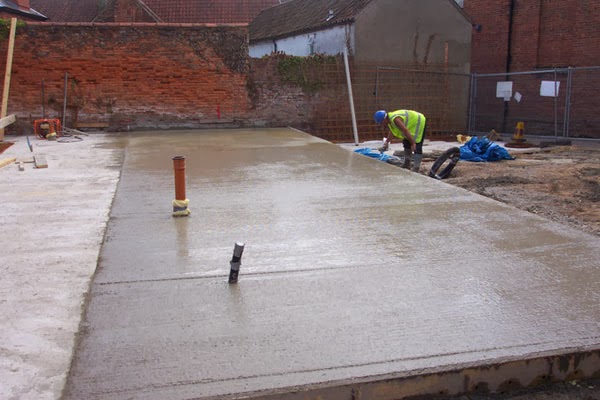What is Concrete Slab FoundationA concrete slab foundation is basically a layer of concrete that is poured over a prepared surface of soil or gravel over which a structure of a building is constructed. It is more suited for climates that don’t have issues of freezing or thawing of ground and the connected movement of soil. So, these are frequently employed in warmer climates, thus negating the requirement of heat ducts beneath the floors. They are most often used in areas comprising of clay soil. However, slab foundations are securely anchored to the ground to prevent damage to the structure due environmental reasons like severe weather or shifting of soil. The purpose of slab foundation is to distribute weight that is kept over it, thus providing a flat, level and stable surface. For instance, some walls are load bearing and in the absence of a foundation of some kind to rest upon, would sink into the soil to some extent and respond to movement of soil. It is for this reason that the soil underneath the slab foundation needed to be prepared prior to pouring concrete. The soil is generally leveled and overlaid with gravel and humidity barriers. A number of factors including the load the slab would need to bear need consideration for calculating the thickness of slab. Advantages of Concrete Slab FoundationSlab foundations have many advantages that include:
Disadvantages of Concrete Slab FoundationDespite the advantages they offer, slab foundations also have some disadvantages that need to be considered:
1 Comment
|
Related
|

|
|

